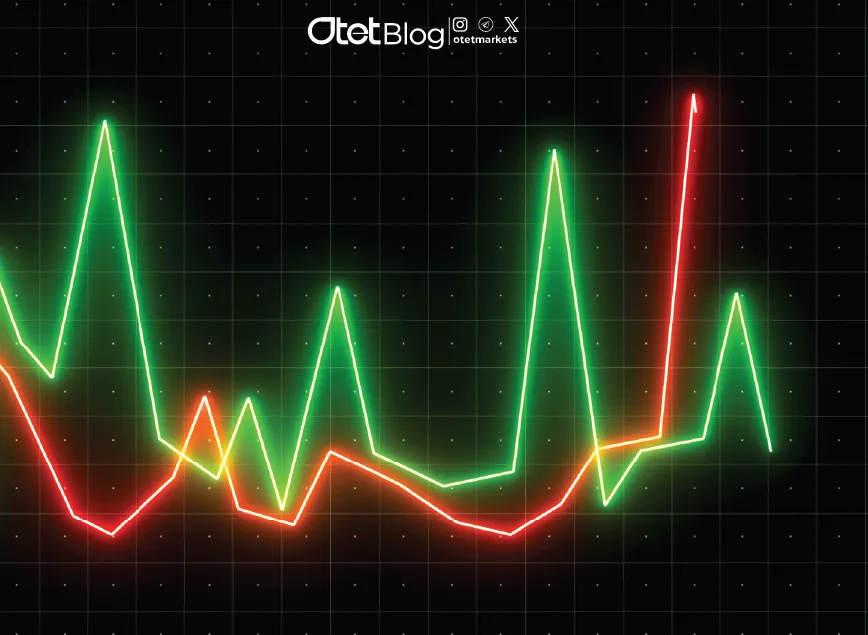
Understanding Volume in Forex Trading
Estimated reading time: 6 minutes
Table of contents
In the world of financial markets, one factor consistently shapes the decisions of successful traders—volume. When considering volume in Forex trading, it’s important to note that volume data is straightforward and easily accessible in stock markets, but the Forex market presents a different challenge due to its decentralized nature. However, even in Forex, understanding and analyzing volume—whether through tick volume or broker-provided data—can offer powerful insights into market momentum and potential trend shifts.
What Is Volume in Forex Trading?
In its simplest form, trading volume reflects the total number of financial units—whether stocks, commodities, or currency pairs—that are bought and sold over a specific time period. In centralized markets like stocks or commodities, this information is transparent and easy to access.
However, Forex operates differently. Since it’s a decentralized market, there’s no single source that tracks every trade. Instead, Forex traders often rely on tick volume—which counts the number of price changes during a given period—or data provided by brokers.
Why Volume Matters in Technical Analysis
Volume is a crucial component of technical analysis, offering traders clues about market sentiment and momentum. Here’s how volume can strengthen your analysis:
Confirming Breakouts
A surge in volume when the price breaks through a key support or resistance level often signals the entry of smart money—institutional capital that can drive significant market moves.
Assessing Trend Strength
Rising volume during an uptrend suggests strong buying pressure, signaling that the trend is likely to continue. Conversely, falling volume during an uptrend could indicate weakening momentum and a possible reversal.
What Volume Reveals About Market Behavior
Volume acts like a market’s fingerprint, revealing the flow of money and trader behavior. A high trading volume suggests increased liquidity, meaning more participants are entering or exiting positions. This helps traders gauge whether a trend has strong backing or if it’s running on weak momentum.
Read More : Understanding Technical Analysis
The Challenge of Measuring Volume in the Forex Market
Unlike stock exchanges, where trades are tracked centrally, the Forex market is decentralized. Trades happen globally across banks, financial institutions, and brokers, meaning there isn’t a unified source of volume data. This makes it difficult to measure the real volume of all transactions happening worldwide.
How Traders Estimate Volume in Forex
Tick Volume
On platforms like MetaTrader, tick volume counts the number of price changes during a specific timeframe (such as a one-hour or daily candle). While it doesn’t measure the amount of money exchanged, a high tick volume often indicates increased market participation. Many traders use it as a reliable stand-in for actual trading volume.
Broker-Provided Volume Data
Some larger brokers share volume data based on their clients’ trading activity. While this doesn’t reflect the entire market, it can offer useful insights into general market trends, especially when drawn from a large pool of active traders.
Read More: Understanding Trendlines: A Comprehensive Guide for Traders
Why Is Volume Important in Forex Trading?
Volume can reveal the underlying strength of a trend. For example: If both price and volume rise during an uptrend, it suggests the trend is strong and likely to continue. If the price rises but volume decreases, it signals weakening momentum and a possible reversal.
Confirming Breakouts at Key Levels
When a price breaks through a significant support or resistance level, the volume accompanying that breakout matters. A breakout on high volume indicates strong conviction and is more likely to hold, whereas a breakout with low volume could signal a false breakout that quickly reverses.
Enhancing Risk Management
Paying attention to sudden spikes in volume—especially around major economic announcements like inflation data, interest rate decisions, or employment reports—can help traders adjust their strategies. Being aware of these moments allows for better stop-loss placement and more effective position sizing.
Essential Volume Indicators for Forex Traders
Even though Forex lacks centralized volume data, several indicators can help traders make the most of available information. Here are some of the most useful tools:
Volume Indicator (Default on Trading Platforms)
Most trading platforms, including MetaTrader, come equipped with a basic Volume indicator. This tool displays tick volume in a histogram format below your price chart, showing the number of price changes during each time period.
How to Use It: Compare volume bars across different candles to spot periods of increased or decreased market activity.
On-Balance Volume (OBV)
The OBV indicator works by adding volume when the price closes higher and subtracting volume when the price closes lower.
Interpretation:
A rising OBV suggests strong buying pressure.
A falling OBV signals increasing selling momentum.
Money Flow Index (MFI)
The MFI combines volume and price data, functioning similarly to the Relative Strength Index (RSI). It moves between 0 and 100, with readings above 80 signaling overbought conditions and below 20 indicating oversold conditions.
Main Use: Detect divergences between volume and price to identify potential reversal points.
Volume Profile
Available on advanced platforms like TradingView and NinjaTrader, the Volume Profile displays trading volume across different price levels rather than over time.
Key Advantage:
It helps traders identify high-volume nodes (areas of strong price interest) and low-volume nodes (areas with weak market interest).
Chaikin Money Flow (CMF)
The CMF measures the accumulation and distribution of money flow over a set period, combining price movement and volume data.
Trading Tip: Traders often use CMF in combination with other indicators like the MACD or RSI for more accurate entry and exit points.
Read More: The MACD Indicator: A Key Tool for Technical Analysis
Strategies for Using Volume Effectively in Forex
Pairing volume analysis with candlestick patterns and support/resistance levels can provide stronger trading signals. For example, a sudden spike in volume during the formation of a bullish Pin Bar might suggest the beginning of a strong rally.
Confirming Trends with Other Indicators
If moving averages or the MACD signal an uptrend and volume indicators like OBV or MFI also show bullish momentum, the likelihood of a successful long position increases significantly.
Monitoring Economic News Events
Major economic releases, such as U.S. Non-Farm Payrolls (NFP), often trigger heightened volatility and volume spikes. Monitoring volume during these events can help you distinguish between valid breakouts and potential fake-outs.
Prioritizing Risk Management
No matter how accurate your volume analysis is, no trading strategy is foolproof. Always use stop-loss orders and practice proper position sizing to protect your capital.
Final Thoughts
While the Forex market doesn’t offer centralized volume data, tools like tick volume and broker-reported statistics provide valuable insights into market sentiment and liquidity. Understanding how to use volume indicators—such as the default Volume Indicator, OBV, MFI, Volume Profile, and CMF—can help you determine if a trend has enough backing to continue or if a reversal might be on the horizon.
Remember, no indicator alone can replace a comprehensive strategy that includes risk management and trading psychology. However, combining volume analysis with price action and other technical tools can elevate your decision-making and help you stay ahead in the fast-paced Forex market.
Share
Hot topics
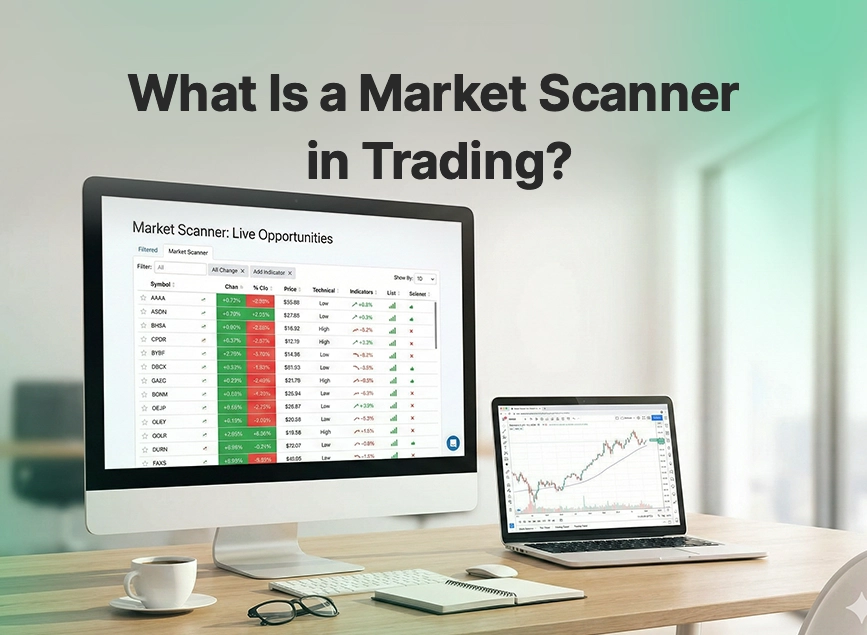
What Is a Market Scanner in Trading?
If you’ve ever logged into your trading platform and noticed hundreds, if not thousands, of choices, you’re not alone. The financial world today moves fast, and with hundreds of charts,...
Read more
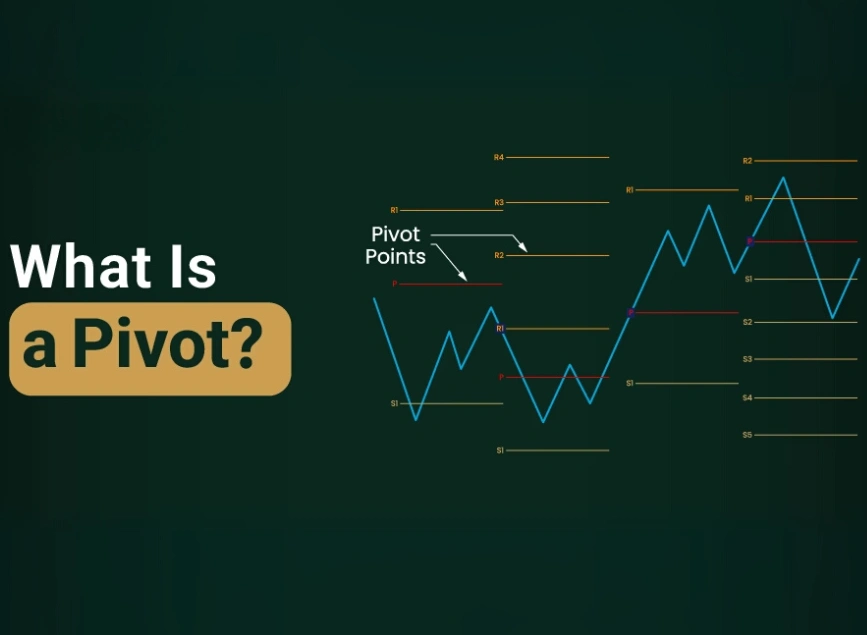
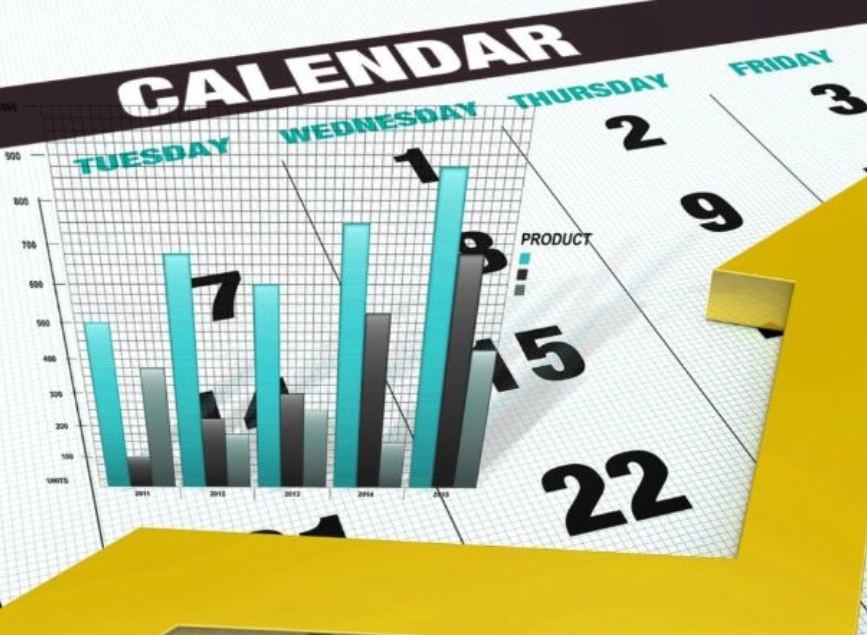
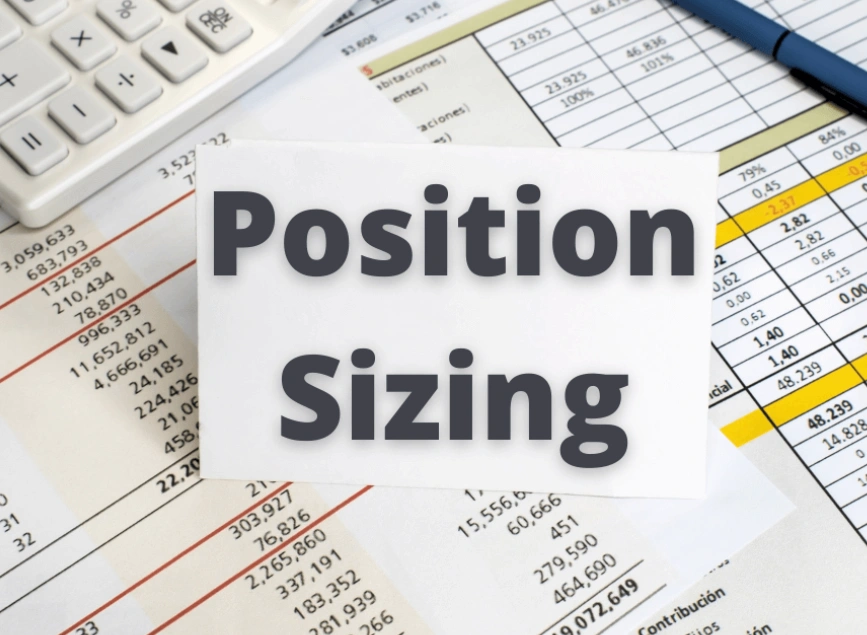

Submit comment
Your email address will not be published. Required fields are marked *